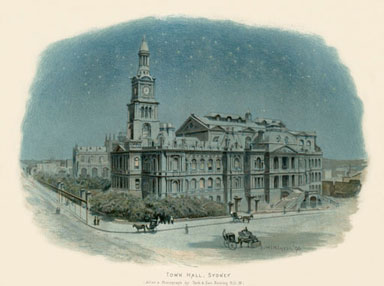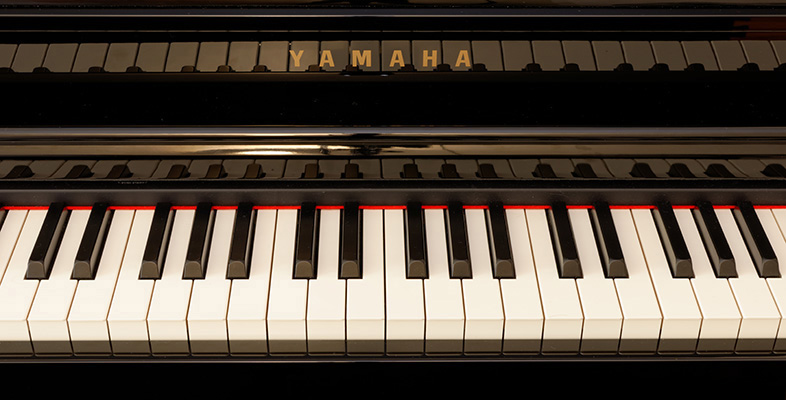3.2 Diaries
Diaries can also be very revealing. To take one important example, the daily thoughts of Samuel Pepys shed light on the performance and practice of music in seventeenth-century England – something that potentially might constitute important material for the Listening Experience Database. You can read his accounts in the excellent digital site, The Diary of Samuel Pepys [Tip: hold Ctrl and click a link to open it in a new tab. (Hide tip)] , which in addition to its clear layout annotates the letters with explanations of the references within them.
Activity 7
An entry from the diaries of Frederick Kelly (1881–1916), an Australian composer killed during the First World War, is shown below. Why might this be considered an important source?
Wednesday 14 June 1911 Wentworth Hotel, Sydney
I went to the Sheffield Choir concert at the Town Hall after dinner. It was a miscellaneous program of choruses, part-songs and solos. The Sheffield chorus opened with Bach’s eight-part Motet, ‘Singet dem Herrn’, which they sang magnificently, kept the pitch tune as far as I could judge. They also did Elgar’s ‘Go Song of Mine’ which I heard at its first performance in London a year or so ago in the Queen’s Hall. It is a beautiful work, I think. Parry’s ‘There Rolls the Sleep’ and ‘The Bells of St Michael’s Tower’ (Knyvett-Steward) were also sung – the latter being a clever imitation of chimes. The Sydney Madrigal Society (conducted by W. Arundel Orchard) contributed ‘Thine Am I, Dearest’ (Monteverde) [sic] and Parry’s ‘Prithee Why’, and made an excellent showing – in fact I could find no fault with their singing. Lady Norah Noel’s singing left an unpleasant taste in my mouth. She sang a rather commonplace song as an encore and made the most of her gallery top notes. The bass Mr Robert Chignell was also up to the same game. It was interesting to have practically the only two characteristic sides of English music represented side by side – the part-song which is its pride and the drawing-room song which unfortunately is equally characteristic.
(Radic, 2004, p. 215)

Discussion
This detailed diary entry contains a wealth of information, here particularly concerning musical life in Sydney in 1911, which interestingly is dominated by British music. It also serves as a type of musical criticism, given Kelly’s judgements on the singers.
